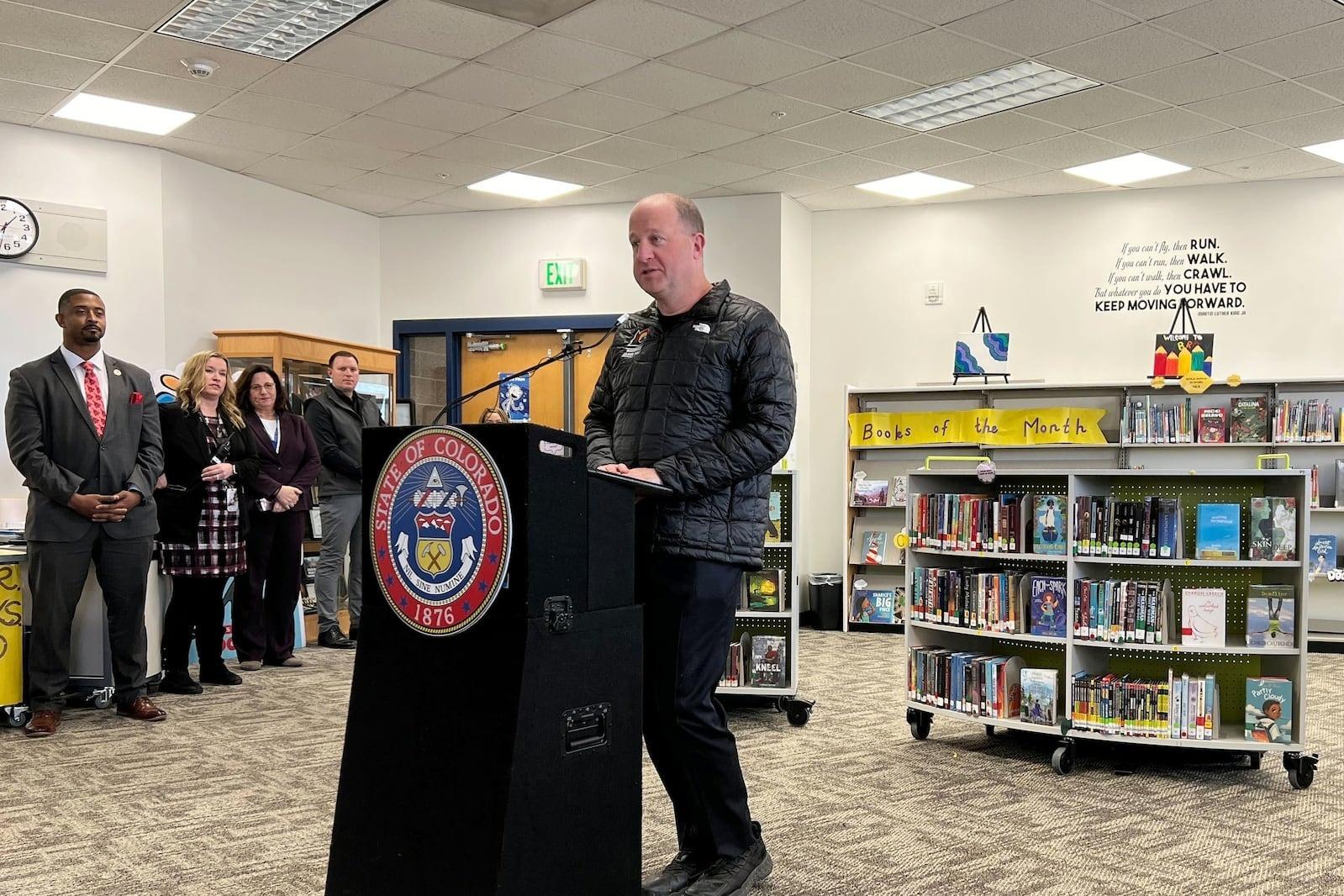
School officials in Colorado say pot is more prevalent than ever in the state’s middle and high schools since medical and recreational marijuana were legalized.
Some teens like 17- year-old Jynessa, who didn't want her last name used to protect her identity, are struggling with marijuana addiction. Even at the start of a recent interview, Jynessa, a senior at Adams City High, felt the craving for marijuana.
“It’s the same as if your body is telling you that you are hungry, how your stomach growls,” Jynessa says. “It just feels that I need to smoke weed. I’m craving it right now. I can feel it.”
As she tells her story, Jynessa alternately seems shocked and saddened by her descent from a high-achieving, straight-A student and varsity softball catcher into a high school senior taking four classes who smokes marijuana several times a day.
"I need a blunt”
Jynessa says that because of Colorado's new law that makes marijuana legal, it's "insane” how many people have weed, smoke weed or know where to get weed.
“You could go on Facebook and say, ‘I need a blunt’”, Jynessa says. “10 people, 20 people will text you back and say: ‘I have it.’”
It all started on Jynessa's 13th birthday when her sister wanted to get her high.
“And I was, like: No, no!'" Jynessa recalls. "I was such a good kid.”
Jynessa says she tried marijuana it to please her sister and it wasn’t until she was 14 that she first got high. This time it was a friend’s older sister doing the offering and every time they got together, there was pot.
Soon Jynessa dropped her overachieving friends for a new, what she thought was a “cooler” set. She wanted to be like them.
“I just liked being high,” Jynessa says. “I got used to seeing my face being high, how I looked being high. It just liked the whole ritual. I was like, ‘alright I’m going to wake up. I’m going to smoke some weed. I’m going to go to school. People are going to know that I’m high. It seemed cool."
More than feeling cool, Jynessa says she liked how marijuana made her feel -- like nothing mattered. Weed was her shield from pressures at school and from arguments with her parents.
Masking depression and anxiety
Teenagers’ brains are under construction and they are still learning things like how to deal with stress and solve problems, according to adolescent brain researchers. Research shows that marijuana use by teenagers can short-circuit those skills.
Like many kids who become heavy users, Jynessa turned to weed to mask depression and anxiety, not realizing that marijuana was making them worse. She says any bump in the road would send her to marijuana.
“It’s usually tied with the depression and stress and I smoke to not feel that,” Jynessa says. “It’s not like I don’t feel that later. It’s just distracting.”
What happened to me?
By her sophomore year, Jynessa was smoking marijuana all the time. While she still made honor rolls, her marijuana habit began impact her ability to play softball as catcher on the varsity team.
The summer before her junior year Jynessa smoked so much weed that didn’t practice at all. She thought she could jump right into the team in the fall but found she couldn’t and quit.
That was her first inkling of how much she had changed.
“That’s when I was like, ‘I’m really unmotivated,’” Jynessa says.” I really don’t even want to play my favorite sport in the world that I played since I was 6? I’m really not playing that because of weed?”
Then her marijuana addiction started to impact her academically: Jynessa failed an honors class she was taking for college credit after ditching class to smoke weed.
“I was never like this!" Jynessa recalls. "What happened to me?”
Treatment begins
One day, as she returned to school after smoking marijuana, school security was there to greet her. At first Jynessa denied using but finally, with her mother present, she confessed.
Jynessa had become one of the one in six youth who use marijuana who become addicted to it.
Instead of suspension, Jynessa agreed to do Adams City High’s eight-week Encompass treatment program, which is described as the first school-based, evidence-based treatment pilot program in the country.
Jynessa dreaded going at first. She thought it would be like a weekend drug and alcohol class she had to go to once that didn’t help her at all.
But Encompass was more individualized and used cognitive behavioral therapy as its focus.
Jynessa started to see the benefits from sessions with a therapist who helped her get in touch with thoughts that make her crave marijuana. She’s learning how her thoughts become her feelings which become her behaviors and how to break that cycle or “flip” the negative thoughts into positive ones.
Treatment has made her think more deeply now about why she and her friends use weed. Jynessa says she has noticed what her friends are like when they aren’t high.
“They’re all in bad moods,” Jynessa says. “Their day is bad. It’s never a good day if it doesn’t involve weed.”
Jynessa is also practicing what are called distracting activities to fight the craving. She finds peace when she draws in her studio art class.
She flips through her portfolio of pencil drawings and lingers over a sketch of a rose.
“I’m really obsessed with roses for some reason just because there’s just so many ways that the flower folds and bends and [because of] the shadows,” she says with a smile.
Tough road ahead
Jynessa plans to study graphic design in college next year but she also recognizes the tough road ahead.
Treatment has given her certain skills and increased self-awareness. It’s also helped her cut back on marijuana use but she hasn’t been able to stop yet.
Jynessa says she knows she needs to change but the drug saps her motivation.
“I know I’m addicted,” Jynessa say. “I feel like because of weed, I don’t care. I don’t care. I’m just a tumbleweed in the wind. Well, if the wind blows me this way, I’ll just have to figure out life this way. That’s what it [marijuana] did. And I’m pretty sure that’s what it does to every other kid.”









